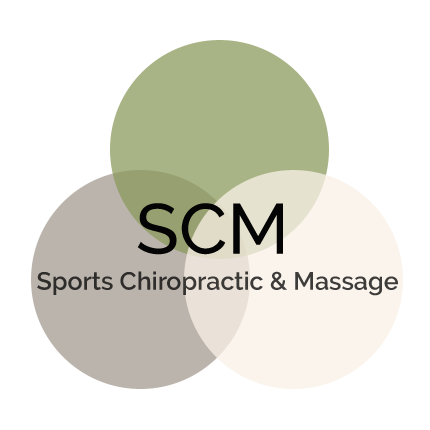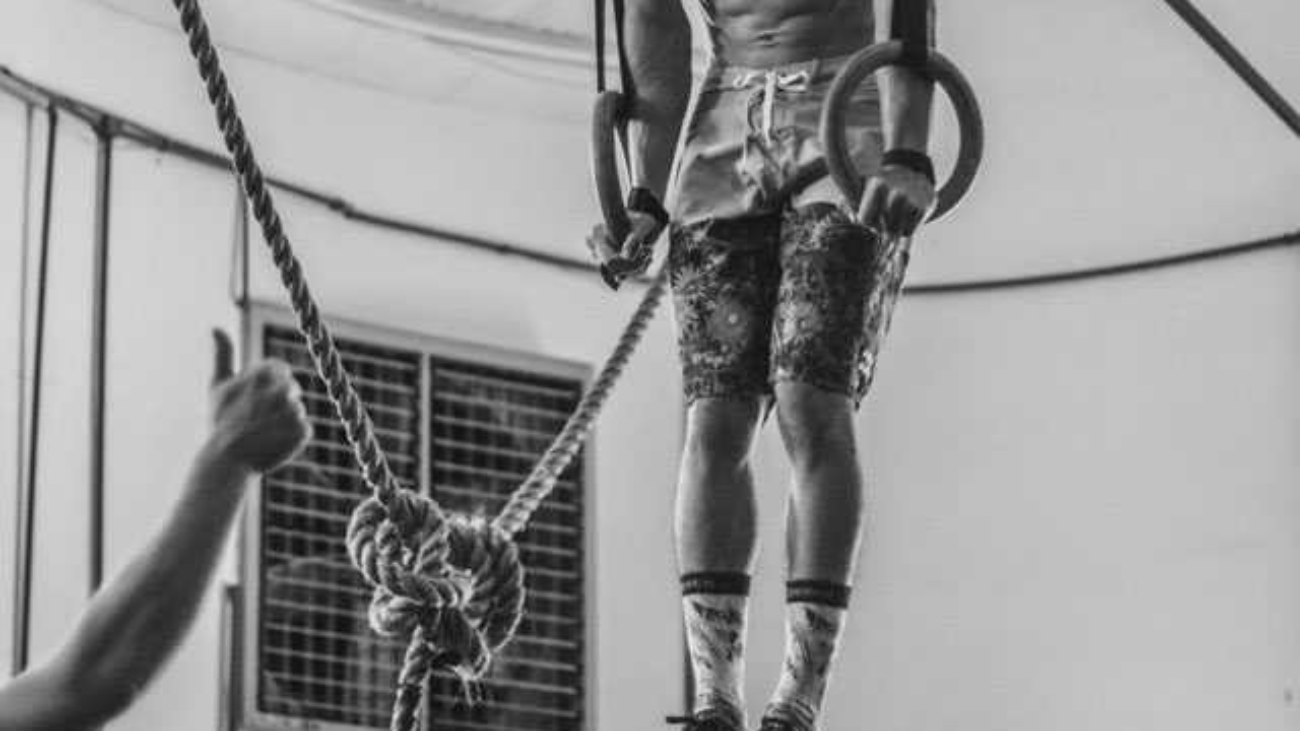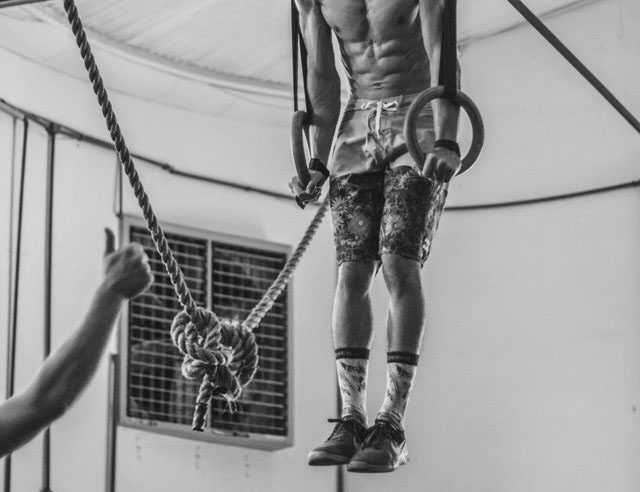We all spend too much time at our computers and looking down at our phones. At this point it is almost inevitable. Growing horns on the back of your skull yet?
Sitting in the same position for hours often results in becoming dehydrated and stiff. That is usually when we start feeling tension in our necks, pain in our shoulders, and tightness in our low backs. Have you ever wondered why?
From extended use, our muscles get overworked, tight, and are unable to relax. As a result, the muscle fibers become bunched and deficient in oxygen and nutrients. Our muscles form knots. This is sometimes described as building up lactic acid in the muscle fibers. If you have ever experienced the joy of a muscle knot, you know that they can be extremely painful and stubborn. Occasionally, muscle knots go away on their own, but they often need help.
Proper steps should be taken to loosen the tense muscles fibers and relieve the pain. Let’s consider a few steps that you might take to prevent muscle knots from developing in the first place.
Dr. Smith uses a wide variety of massage techniques and other services to address painful knots that develop in the muscles. An ounce of prevention is worth a pound of cure right?
Below we get into some of the things that you can do to keep these knots from coming back.
1. Eating right for muscle knots
Being dehydrated is likely a major cause of the muscle knots that you are experiencing. Are you drinking enough water? Probably none of us are. You should be drinking 7-9 glasses of water each day. How many of us actually do that? One way to help fulfill your body’s water requirements is by carrying a water bottle with you, or by setting a reminder on your phone that will notify you to refill that glass of water every hour.
Certain things in our diets can also contribute to dehydration, such as coffee and alcohol. If you are frequently experiencing knots, you might try to either cut back on your coffee/alcohol consumption or to include an additional glass of water every time you partake.
Further, it is highly recommended that you include calcium, magnesium, and potassium in your diet. These minerals are essential for muscle health and relaxation. Deficiency of any of these can cause painful muscle cramps, knots, and stiffness. Intake of fresh, organic fruits and vegetables can help with these deficiencies and is just a good idea in general. You might also try mineral supplementation or working more raw sea salt into your diet.
2. Keep moving to prevent muscle knots
Try to avoid sitting in the same position for too long. Whether it is while you are reading, playing games on your phone, or writing that next great blog post take occasional breaks to get up and move. It is important to get up and walk around every hour or so while at work. Even while seated at your desk, make small movements like turning your neck from side to side, straightening out your back, or uncrossing your legs. This simple movement strategy can go a long way in preventing muscle knots.
3. Exercise regularly for muscle knots
Our bodies are built to move. Many of the structures in our bodies are nourished through movement. Movement also helps to reduce inflammation and push fluids back into circulation. Stretching and exercising regularly helps release tension from the muscles and maintain that ever important flexibility. It is highly recommended to get at least 30 minutes of light exercises and/or stretching every day. It not only helps the muscles, but it also has a positive impact on the heart and mind.
4. Improve your posture to address muscle knots
Just like sitting in one position for too long is not good, slouching at a desk or in front of the television is bad for your muscles too. Keep your posture upright. Make your mom proud and sit up straight.
Sit in a way that the muscles are not strained and blood flow is not blocked. Try to keep your head neutral and your back straight. Slouching or hunching your back puts stress on the postural muscles of the back and leads to pain. Keeping a good neutral posture will go a long way in preventing muscle knots and cramps. If you feel like your workstation makes it hard to have good posture, consider getting an ergonomic evaluation. Often the smallest shift in the arrangement of your gear can reduce stress on your body tremendously.
If you already have knots and pain, call your favorite local chiropractor, or massage therapist. You’ll be glad that you did.


